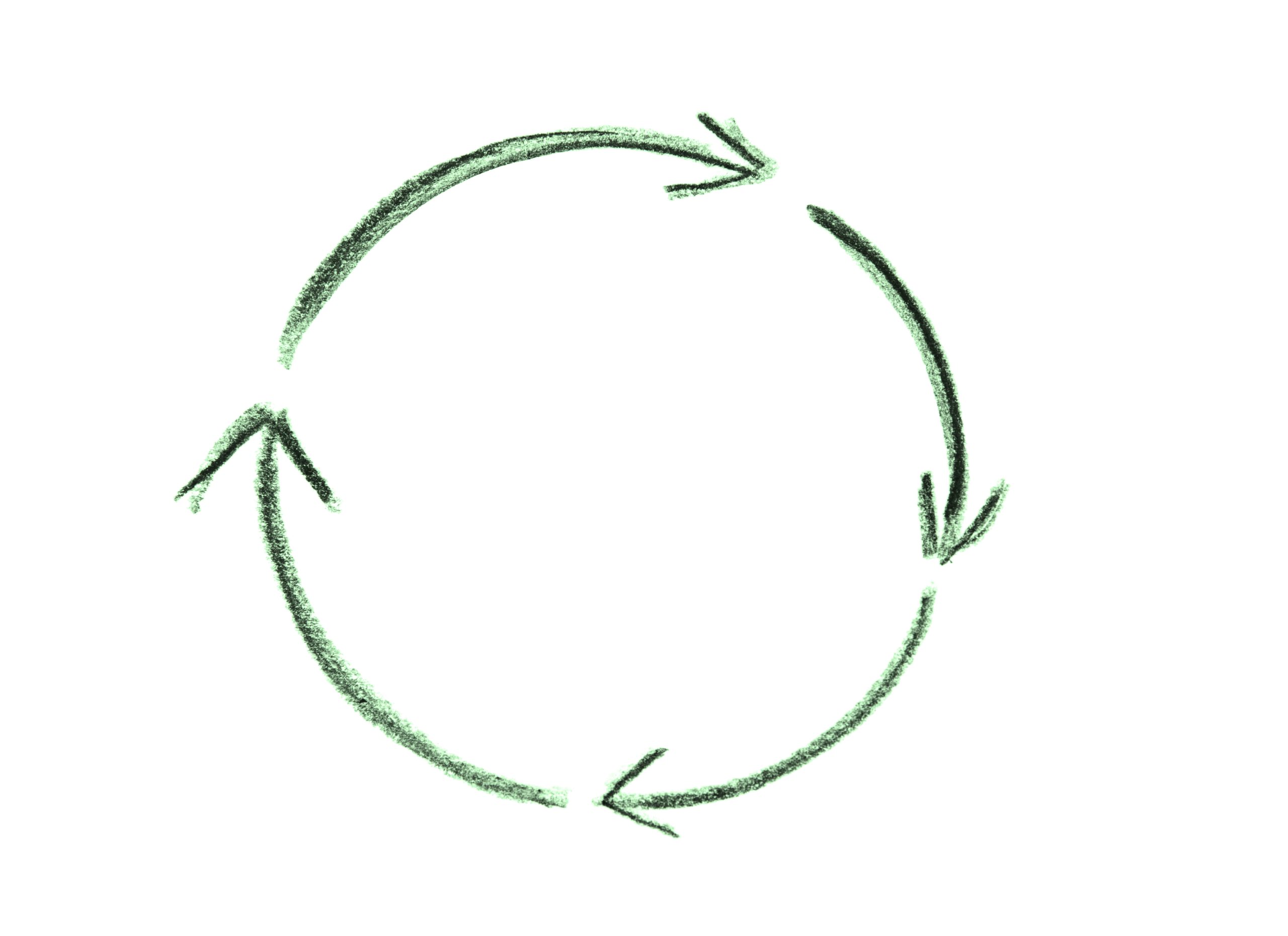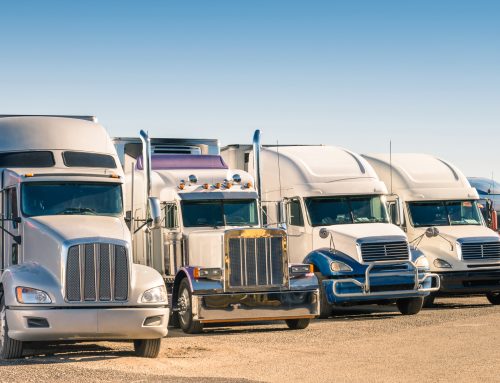What Is a Truckload Market Cycle?
Early Cycle
During the early cycle, demand is trying to recover. If we begin in an environment where supply and demand are loosely to nearly balanced, the cycle will begin with an increase in the amount of freight, which will then lead to a reduction in capacity and a scarcity of drivers. Through the spot market initially, and then in the contract market around six months later, this causes the pendulum of power to swing in the direction of the trucker, causing them to force rates higher. In general, these times are characterized by a decrease in the manufacture of Class 8 tractors, an increase in the spot load-to-truck ratios and rates, and an acceleration in the number of Class 8 orders.
Mid Cycle
“For-Hire Capacity Response” is the mid-cycle response. The scarcity of capacity and the increase in rates are beneficial to the profit margins of fleets, which will eventually allow them to recruit more drivers by offering greater pay. Whenever operators see an increase in their profit margins, they inevitably purchase new trucks and trailers, which drives up the production rates of the business. As a result of the great degree of fragmentation that exists within the industry, thousands of fleets make decisions that are quite similar to one another at the same time. This results in a strong temptation to add more capacity than is required when times are favorable. There is a high rate of Class 8 tractor production at this phase of the cycle, and there is also a significant amount of order demand.
Shippers and private fleets are taking productivity actions during the mid-late cycle. While this is going on, the shipping industry is coming up with innovative strategies to address the recently increased costs of transportation. These strategies include increasing productivity and shifting freight to their own private fleets. While everything is going on, the freight cycle is also getting to the point where it is becoming old. The increase of for-hire freight volume is often slowed down or reversed as a result of this, which occurs at the same time that the expansion of industrial capacity is growing. This results in a supply-demand mismatch that causes truckload prices to decrease. The profitability of the carrier suffers as a result of this, which also results in decreased order rates and increased order cancellations.
Late Cycle
The Late-Cycle phase involves adjusting to lower returns. At this time, the noise caused by the driver scarcity begins to lessen (although it never truly disappears), and operators react by decreasing their equipment budgets and canceling orders. Because of this, the rates at which equipment is acquired decrease, which in turn begins to bring supply and demand back into equilibrium. This continues until the need for freight begins the cycle all over again.
Beach Insurance can help with commercial trucking, transportation and logistical insurance so please reach out to us today for a quote: 843-718-0075 or get a quote via our website.







Leave A Comment